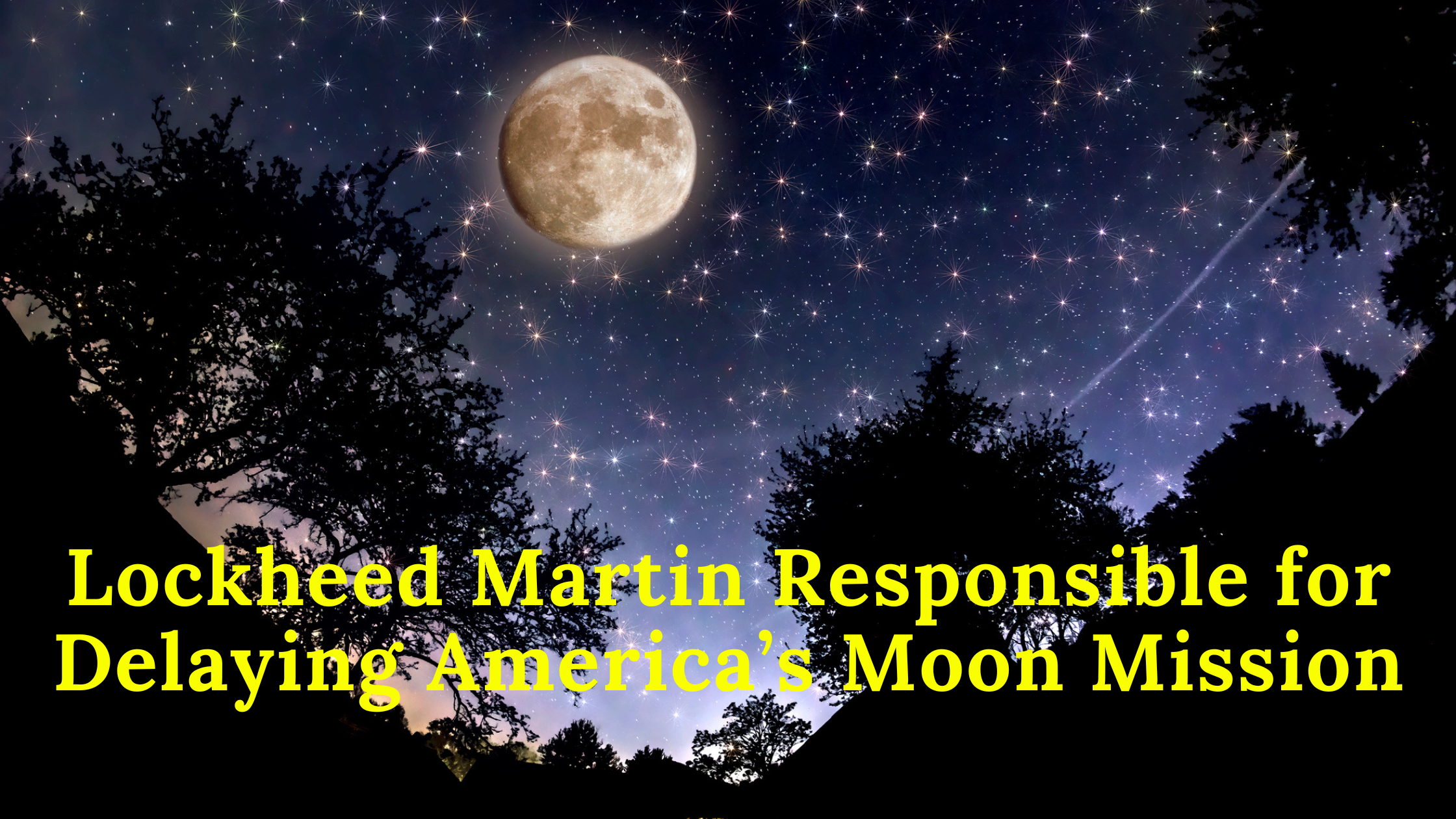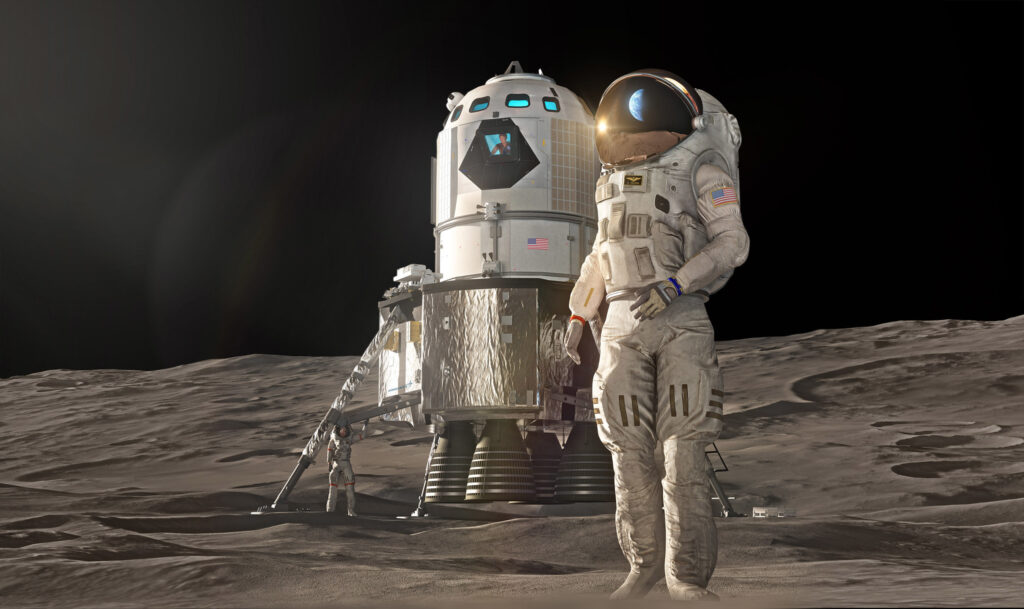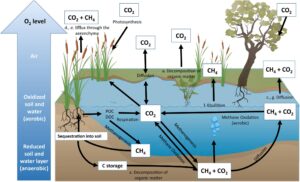
Five years ago, President Donald Trump pledged to send Americans back to the moon by 2024. However, after five years have passed, American astronauts are still waiting on Earth. While Artemis I launched successfully and headed towards the moon in 2022, it didn’t actually land there, and no astronauts were on board.
Now, it seems like we’ll have to wait until at least 2026 before we can finally touch down on the moon.
Table of Contents
ToggleWhen will NASA return us to the moon?
So, what’s causing the delay? Firstly, it’s about getting all the necessary components ready for a moon landing: a Lunar Gateway space station orbiting the moon, an Orion space capsule with astronauts to connect to it, and a SpaceX-built Human Landing System (HLS) to transport astronauts to and from the moon and the Gateway.
Another crucial aspect before a moon landing is testing.
Numerous parts of the entire system must undergo testing before the moon landing can proceed. SpaceX needs to demonstrate that its Starship can reach orbit and then travel to the moon. The HLS must show it can land on the moon and then launch back to the Gateway. Additionally, an Artemis II mission, with astronauts onboard this time, must be conducted to travel to the moon and return to Earth.
Also Read | Surprising Greenhouse Gas Emissions Detected from Restored Wetland

In simple terms, there’s still a ton of work left to do for Project Artemis to succeed. With the current pace of progress, it’s just not feasible to achieve a moon landing this year, or even next year. NASA acknowledged this reality earlier this month, admitting that they need to be realistic.
So, a moon landing in 2024 is off the table. The same goes for 2025. NASA has now set its sights on 2026 for the moon landing.
The Orion Trouble
After the Artemis I mission, Lockheed Martin’s Orion space capsule encountered a problem during reentry: part of its heat shield was lost. NASA spent much of 2023 investigating the “root cause” of this issue but hasn’t found a solution yet.
Further issues arose with the batteries in the space capsule’s abort system, along with design flaws in the circuitry controlling motor valves in the spacecraft. Interestingly, Ars Technica noted that this valve circuitry is crucial for determining when Orion is prepared for the Artemis II mission. However, any issues related to heat shields bring back memories of the 2003 Space Shuttle Columbia disaster, where a damaged heat shield led to the spacecraft’s demise during reentry.
Introducing the New Lunar Calendar
According to NASA associate administrator Jim Free, the updated plan is to delay Artemis II, the crewed mission to orbit the moon and return to Earth, to 2025. Artemis III, the crewed mission to land on the moon and return to Earth, is now scheduled for 2026. A fourth crewed mission, Artemis IV, will conduct a second lunar landing in 2028.
Free elaborated that, along with the previously mentioned issues, NASA needs to practice fuel transfers in orbit to prepare Starship for its journey from Earth orbit to the moon. Additionally, a NASA contractor requires more time to develop next-generation space suits for the astronauts. The most concerning challenges revolve around issues with the Orion spaceship, constructed by Lockheed Martin, which transports astronauts from Earth to the Lunar Gateway and back from the Gateway for landing on Earth.
$HUBC 4 the bears spreading FUD. Israel is the center of innovation for cyber security. The Pentagon, NASA, Lockheed Martin do not work with scam companies so their thesis doesn't make sense. This was just an unsuccessful launch due to none of the brokers being on the same page. pic.twitter.com/9kQd8kCPBh
— FrankieSmilez (@FrankieSmilez) March 7, 2023
Implications for Investors
Currently, Lockheed Martin bears the brunt of delaying Artemis II and, consequently, Artemis III, thereby pushing back America’s lunar return. However, these delays might not be the sole concerns for investors regarding the timing of future space missions and the anticipated revenue streams worth tens of billions of dollars.
Once Orion’s issues are resolved, attention will pivot to SpaceX, its Super Heavy booster rocket, and its Starship spacecraft. Can SpaceX successfully launch Starship into orbit without mishaps? Can it master the logistics of orbital fuel storage and refueling? Can it conduct enough launches to stockpile sufficient fuel in orbit for two separate HLS landers to embark on their lunar journeys?
And can it accomplish all of this in time for a 2026 moon landing?
Presently, SpaceX asserts it can achieve these objectives, and NASA trusts in SpaceX’s assurances. If successful, SpaceX will secure the milestone of landing astronauts on the moon after half a century, enhancing its technological superiority over other players in the space industry. Moreover, it will unleash a torrent of contracts for numerous space companies engaged in Project Artemis.
Despite the setbacks, it’s merely a matter of time.


